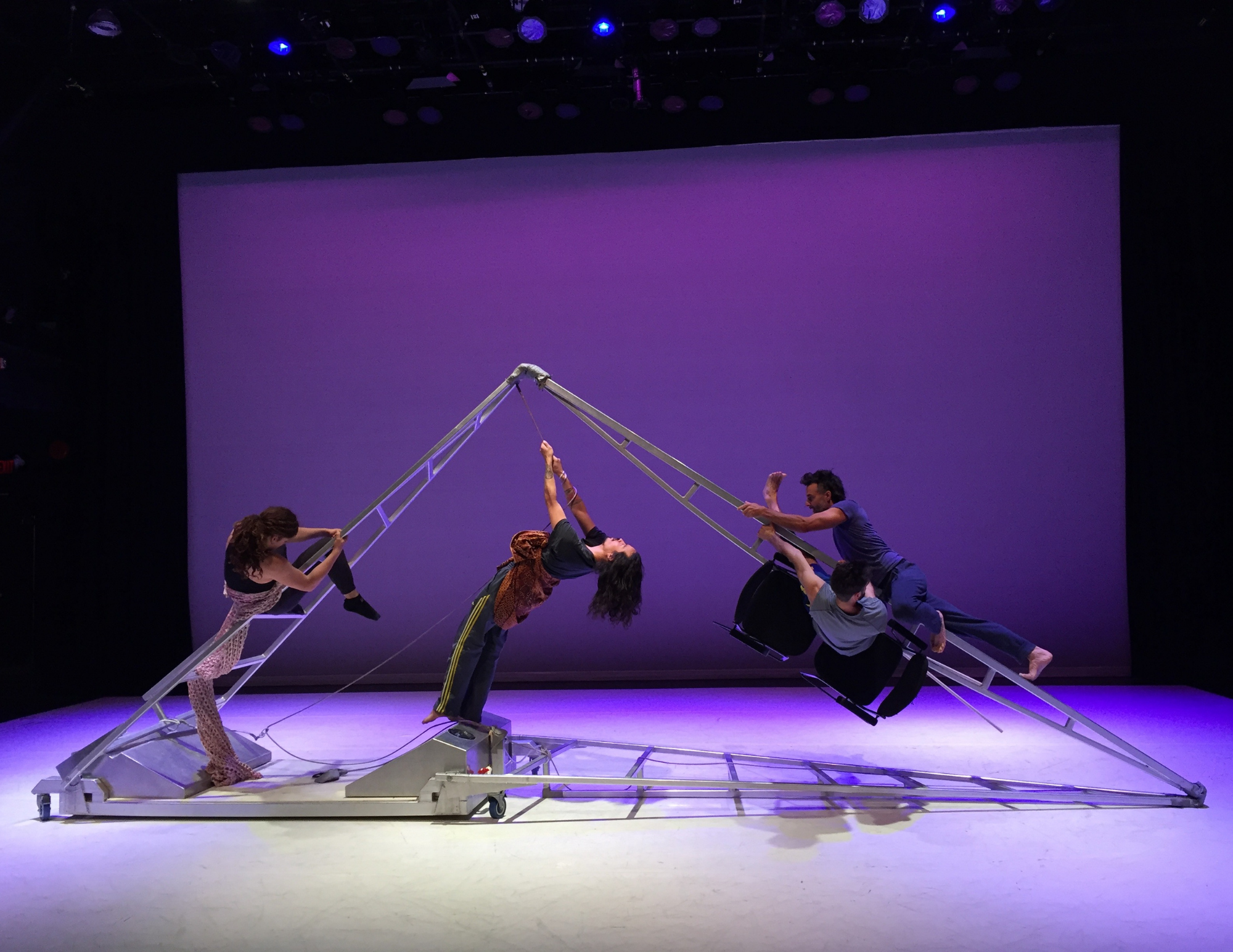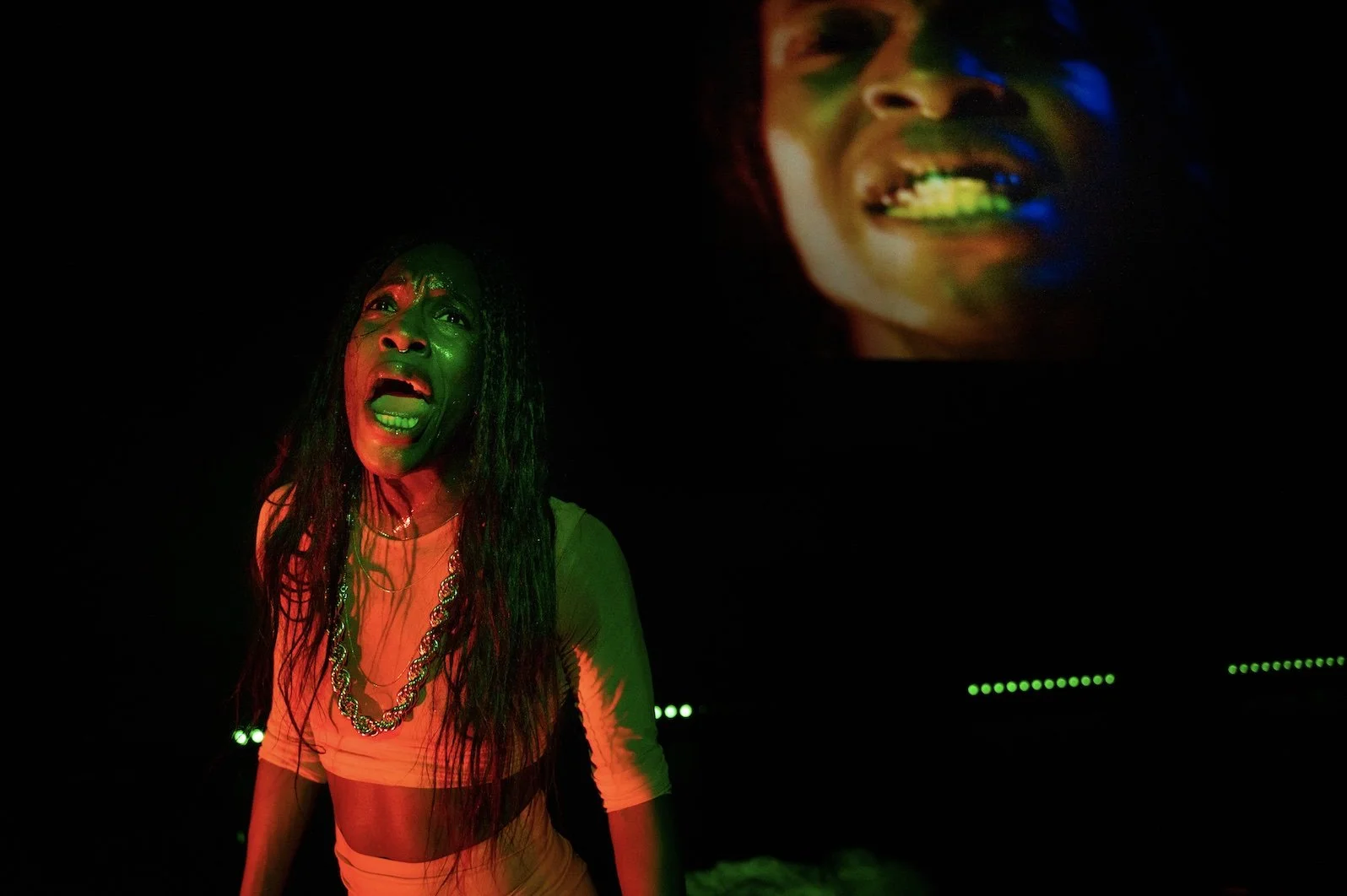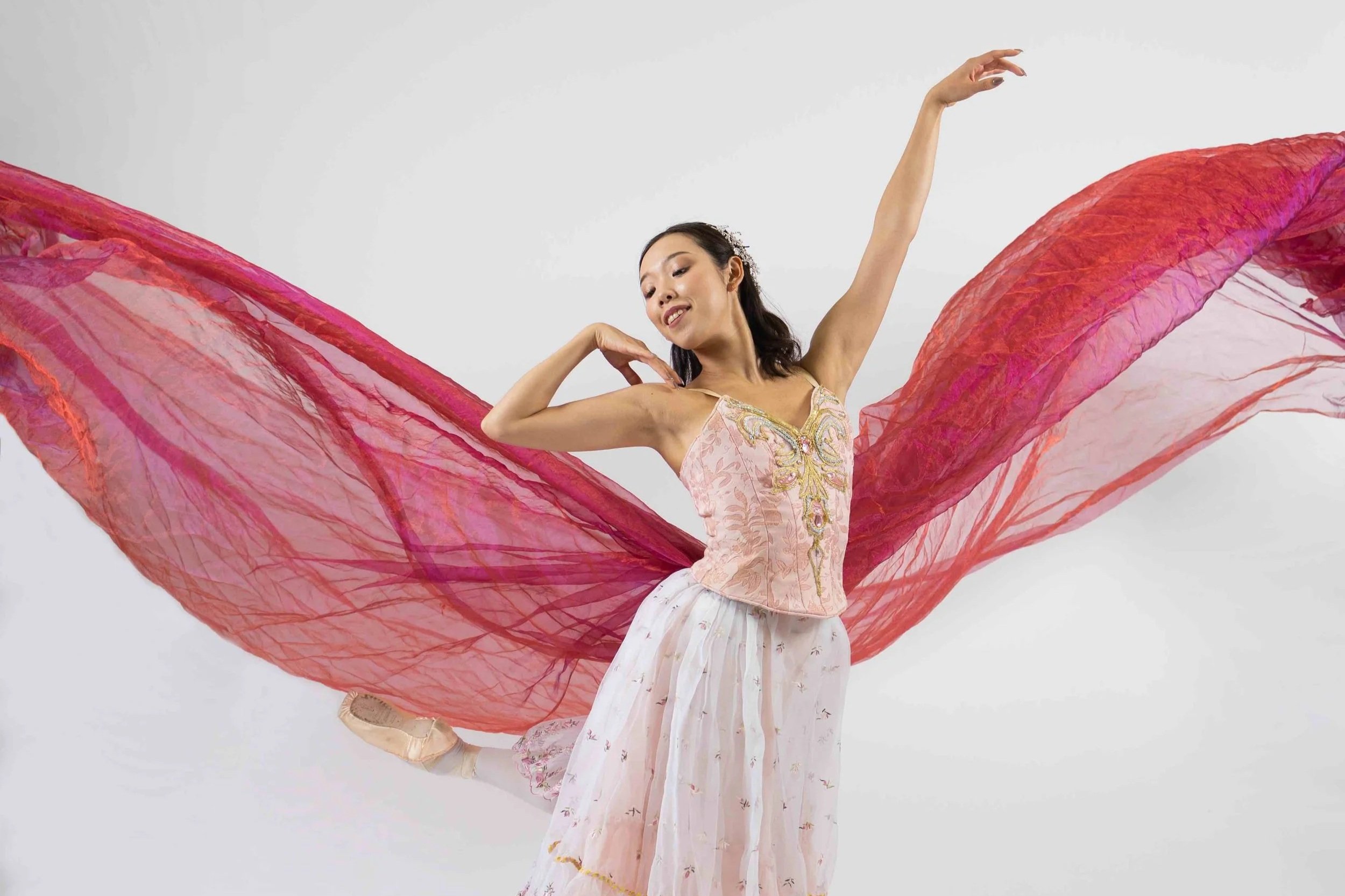Biennial Dance in Vancouver reimagines event through "slow curation" for a changing world
Australia’s Angela Coquet brings an outside eye to this year’s intimate offerings
Justin Calvadores in dumb instrument Dance’s Made in Voyage. Photo by David Cooper
International guest curator Angela Coquet. Photo by A. Mozricki
The Dance Centre presents Dance in Vancouver from November 24 to 28
JUST AS THE PANDEMIC has had a monumental impact on the wider world, it’s shifted the relationship between dancers and presenters.
In the past, the biennial Dance in Vancouver brought in international presenters from around the world to see a range of local dance artists, who, in turn, had hopes of taking their work across Canada and the globe.
But that’s not the world we live in right now.
And so longtime Melbourne-based presenter Angela Coquet came in as this year’s international guest curator with larger, systemic transformation in mind. As she puts it in her curatorial statement, it’s time for “business as unusual”.
“From the beginning we agreed we won’t be doing pitching and networking and ‘speed dating’—these tried and tested encounters between presenters and artists,” Coquet says over a Zoom call from Melbourne. “So it’s not the artist selling a work—we did not want to work with this transactional relationship.
“Meeting an artist and continuing a conversation: that has value,” she says. “It’s a different way to think about how we engage with the arts.”
The result is programming, open to the wider public, that rethinks everything from the space we watch dance in to the relationship between audiences and artists. Amid myriad offerings and installations, you’ll have the chance to join a micro-audience of five for Ziyian Kwan/dumb instrument Dance’s Made in Voyage, an ode to three soloists’ grandmothers at Morrow studio; contribute movement to Justine A Chambers’ Steady at the Progress Lab 1422; see MascallDance’s new work Lurch, and its sculpture by Alan Storey, swing into action in SFU Woodward’s Atrium; and interact with Future Leisure’s Escape, a one-on-one performance delivered by phone. The live components will be immersive and intimate; there’s also a full online program of films and talks.
MascallDance’s Lurch. Photo by Arne Henderson
“This is not a time to be putting on big, lavish productions,” comments Coquet.
Even for the shows at the Scotiabank Dance Centre, such as a double bill featuring Kelly McInnes and Mahaila Patterson-O’Brien, the curatorial team asked for the bank of seats to be removed so performances could take place in less traditional formats.
Much of the motivation for these and other programming decisions at the showcase stem from Coquet’s close relationship planning the event with Starr Muranko and Michelle Olson, the artistic director and artistic associate of Vancouver’s Raven Spirit Dance who are curating this year’s IndigeDIV—an integral part of the fest. Indigenous values and knowledge drive the entire event this year—far beyond programming that includes a showing and artist’s talk around Tasha Faye Evans’s work-in-progress Cedar Woman.
“To me it seemed obvious that this was a time to centre DIV using those values of listening, connections to the land, focusing on relations and interrelations, deconstructing hierarchies, and even extending an invitation to the audience to see, again, a sort of ritual when it comes to witnessing dance,” Coquet says. “I think that is something we have sort of lost: that sacredness in engaging with art, that connection to how we allow ourselves to feel and engage with art.”
These more personal experiences of dance may travel better in the postpandemic world, when flying large companies of performers overseas may not be practical anymore. Instead, Coquet imagines “translocational” works—artists’ residencies, longer stays in communities, and smaller, more mobile pieces where a visiting choreographer integrates local dancers in a project.
Stretched over long COVID months, during which Melbourne experienced a wearying six lockdowns and the performing arts fell into a limbo of uncertainty, Coquet’s Zoom conversations with Muranko and Olson, as well as dance artists here, convinced her there was a better, slower way to curate programming. And it looked a lot different than the fast-paced standard she’s seen as a decade-long helmer of Dancehouse in Melbourne, as well as a dance programmer at Paris’s Mains d’Oeuvres before that.
“For me it was almost a gift,” she says, “because I had just come out of running an arts organization for 10 years and it was really relentless; by the time you had a show on, you were so on-your-knees tired and stressed that you didn’t even get to enjoy the art that you yourself curated.
“So I realized in this process, to really talk art with these two amazing women, we were crafting and really shaping layers and layers with time," she reflects. "And hopefully that is what you will see in this upcoming edition.”















